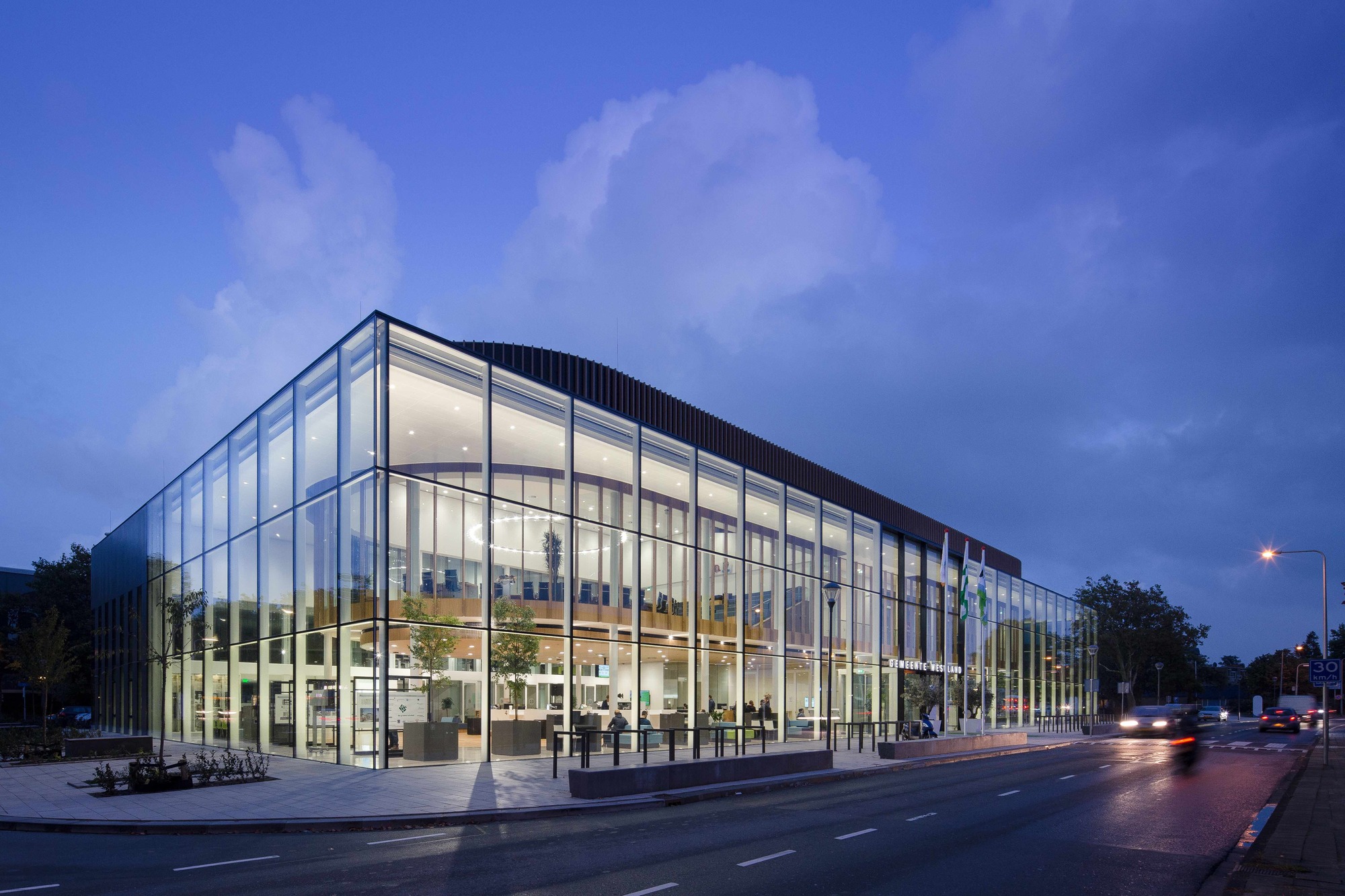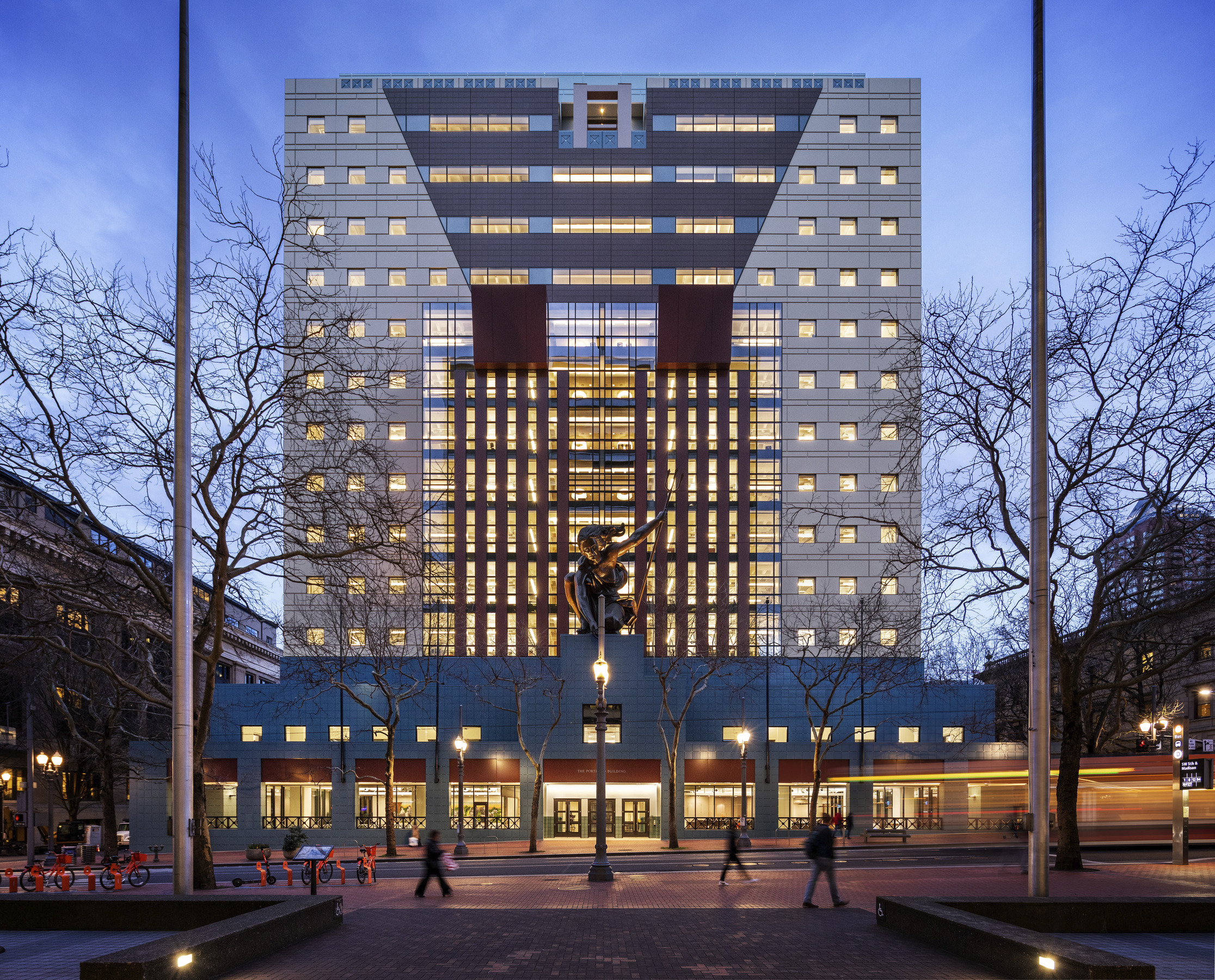- Home
- Articles
- Architectural Portfolio
- Architectral Presentation
- Inspirational Stories
- Architecture News
- Visualization
- BIM Industry
- Facade Design
- Parametric Design
- Career
- Landscape Architecture
- Construction
- Artificial Intelligence
- Sketching
- Design Softwares
- Diagrams
- Writing
- Architectural Tips
- Sustainability
- Courses
- Concept
- Technology
- History & Heritage
- Future of Architecture
- Guides & How-To
- Art & Culture
- Projects
- Interior Design
- Competitions
- Jobs
- Store
- Tools
- More
- Home
- Articles
- Architectural Portfolio
- Architectral Presentation
- Inspirational Stories
- Architecture News
- Visualization
- BIM Industry
- Facade Design
- Parametric Design
- Career
- Landscape Architecture
- Construction
- Artificial Intelligence
- Sketching
- Design Softwares
- Diagrams
- Writing
- Architectural Tips
- Sustainability
- Courses
- Concept
- Technology
- History & Heritage
- Future of Architecture
- Guides & How-To
- Art & Culture
- Projects
- Interior Design
- Competitions
- Jobs
- Store
- Tools
- More
Modern Architecture vs. Contemporary Architecture
Modernist architecture evolved in the 20th century and created homes that didn't have the extravagant flair that residences of that time we're so used to. Instead, the homes featured open floor layouts, asymmetries, and big glass or window panels. They aimed to produce a straightforward design that was yet quite useful. Anything extraneous was omitted. During that time, reinforced concrete, cast iron, and plate glass were cutting-edge building materials that permitted architects to stray from traditional architectural styles.

Modernist architecture evolved in the 20th century and created homes that didn’t have the extravagant flair that residences of that time we’re so used to. Instead, the homes featured open floor layouts, asymmetries, and big glass or window panels. They aimed to produce a straightforward design that was yet quite useful. Anything extraneous was omitted. During that time, reinforced concrete, cast iron, and plate glass were cutting-edge building materials that permitted architects to stray from traditional architectural styles.
Technology had just begun to develop when modernism was developed. People were beginning to leave their hometowns and enter fast-paced environments in greater numbers. There was little room for emotional connection, spirituality, or creativity as a result. The purpose of modernist architecture was to make it possible for residents to feel more at one with nature. And as a result, they constructed dwellings to eliminate the distinction between inside and outside. The home’s exterior was intended to blend in with the neighborhood.

The foundations of modernism were found in nature and simplicity, whereas contemporary architecture focuses on the present.
Contemporary style architects typically design their buildings to be as inventive and advanced. The 1970s saw the emergence of contemporary design, but this does not imply that the fashion remained the same. Keep in mind that contemporary fashion reflects the era and current trends.
Edition Edgewater condominium in Miami is one of typical representatives.

It might be challenging to distinguish between contemporary residences and modern architecture because they have a lot of similar characteristics. Sometimes a home’s contemporary label indicates that several styles have had an effect on it. Modern houses stand out because they combine several architectural styles. They have the open floor plans, huge windows, and minimal ornament of modern residences, but they also have a free-form composition that is not typical of modernist design. Modern technology allows architects to create non-linear forms. Because of this, contemporary designs frequently feature dramatic curves and improbable proportions.
Richard with VIP Realty says, The purpose of modernist architecture was to make it possible for residents to feel more at one with nature.
Styles of Modern and Contemporary Architecture
After modernism’s era came to an end, contemporary architecture developed its philosophy; today, following post-modernism, eclecticism, high-tech architecture, and futuristic architecture, we can find a fusion of various architectural styles and various architectural elements in every structure built after modernism. Instead of designing buildings in a particular style that has been used for years, architects like Frank Gehry, Zaha Hadid, Peter Zumthor, etc. have created structures with totally diverse concepts.
Modern architecture has been categorised in terms of its ideology and design style over the years, despite the fact that modern architecture is unconstrained by these categories. The simplest explanation for contemporary architecture is that it is an experimental kind of building design that adheres to the prevailing fashion of the period rather than adhering to a particular design style or ideology.
Differences Between Modern and Contemporary Architecture
We can simply said, “modern” refers to a certain era in American history and “contemporary” refers to the current, constantly evolving trends in design. Modern architecture strives for minimalism, which you can see in its lack of adornment, commitment to utility, and use of straight, clean lines. Contemporary pushes the edge by including uncommon features, inner structures, and intriguing exterior designs that contribute to its distinctive personality.
When identifying modern architecture, have in mind the following important traits: rectilinear shapes
Absence of ornament, low and horizontal structure, asymmetry-related components, open plans, expansive glass windows, exteriors with a whitewash, natural components such as wood, a focus on nature.

When identifying contemporary architecture, bear in mind the following important traits:
Blending of various styles,both curves and angles, unstructured composition, asymmetry-related components, open plans, expansive glass windows various materials, a focus on nature, sustainable style.

Famous Examples




- 20th-century architecture
- 21st Century Architecture
- Architectural Styles
- Architecture Design Trends
- architecture style guide
- Contemporary Architecture
- contemporary architecture examples
- contemporary building materials
- contemporary home design
- contemporary interior design
- Modern Architecture
- Modern Architecture Examples
- Modern Architecture vs. Contemporary Architecture
- modern building materials
- Modern Home Design
- Modern Interior Design
- modern vs contemporary architecture
- Styles of Modern and Contemporary Architecture
Submit your architectural projects
Follow these steps for submission your project. Submission FormLatest Posts
10 Interesting Facts About Zaha Hadid
Zaha Hadid was a visionary architect whose fluid forms, bold experimentation, and...
Online 3D Terrain Mapping Tools for Urban and Landscape Design in 2025
A curated guide to the best online 3D terrain mapping tools in...
Common Emergency Repairs Every Homeowner Should Be Ready For
For most of us, when something goes wrong, we have a propensity...
Designing, Retrofitting, and Valuing Non-Standard Homes in Britain
Britain’s housing stock carries a quiet contradiction. From the street, many homes...












Leave a comment